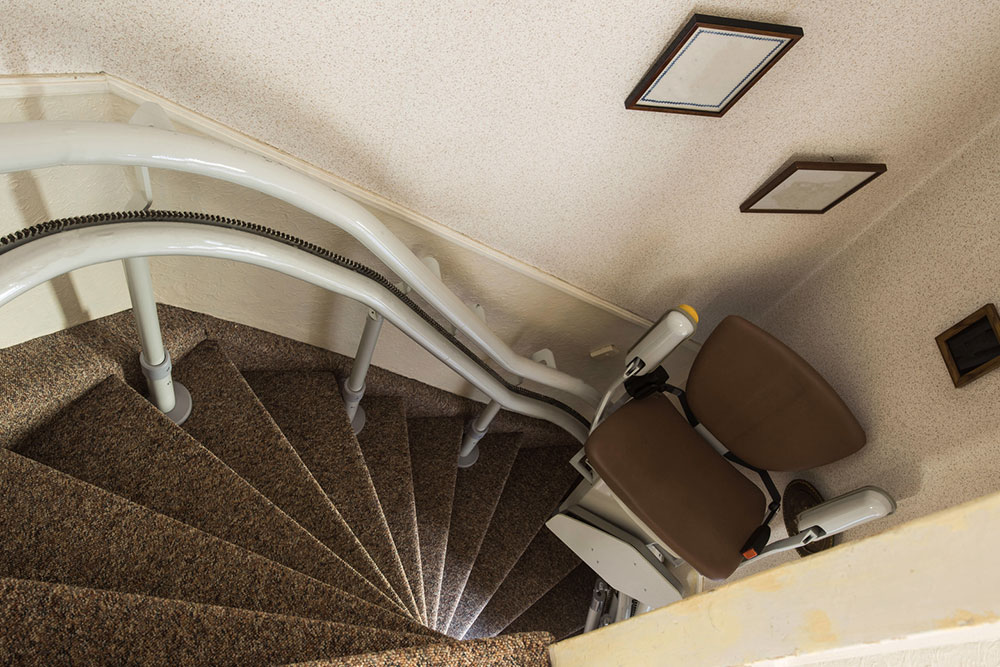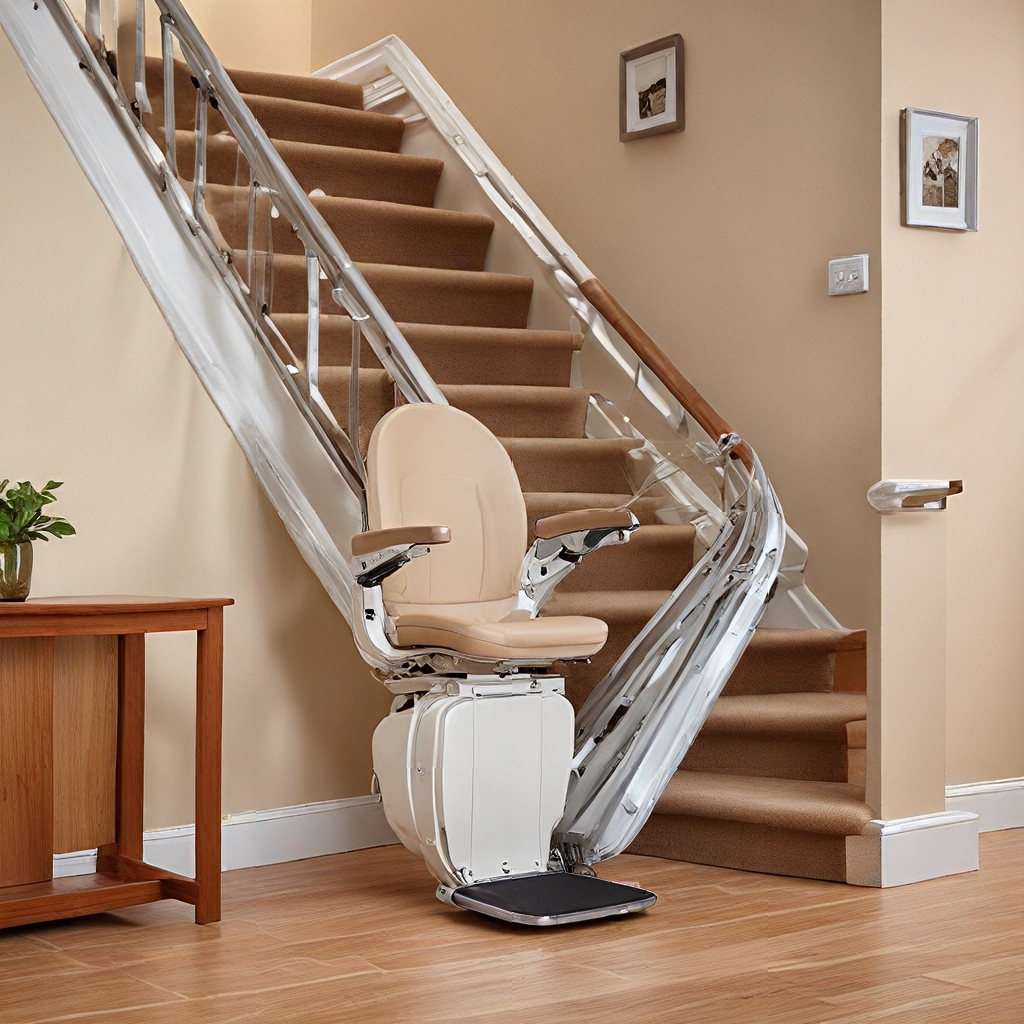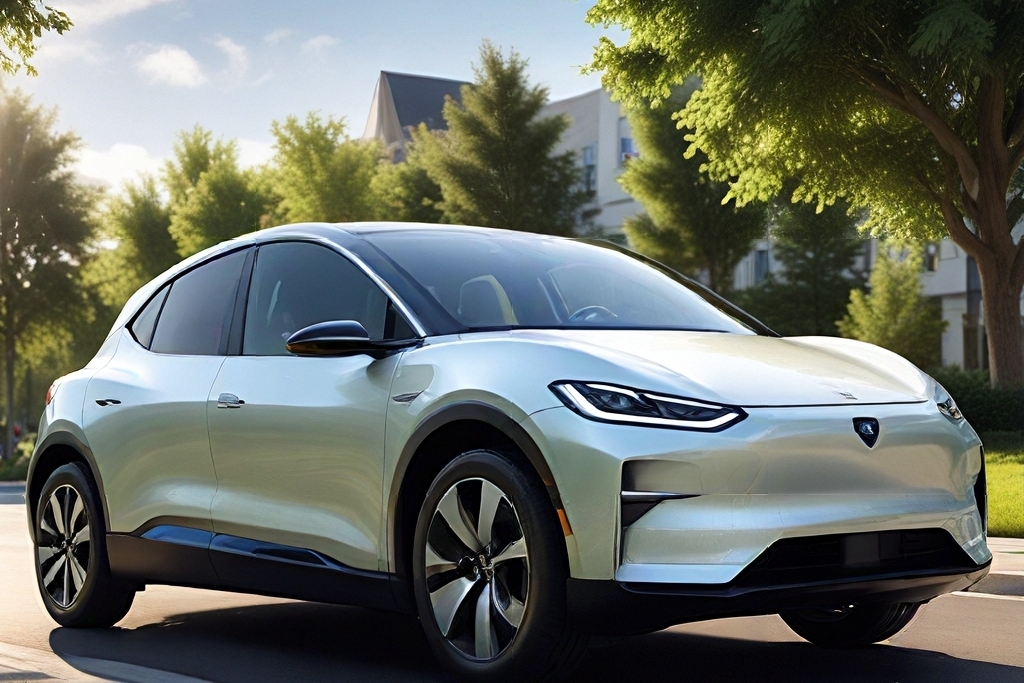Essential Tips for Choosing the Perfect Stairlifts for Elderly Adults
Discover the essential factors to consider when purchasing stairlifts for seniors. This guide covers cost, professional advice, staircase measurements, key features, insurance options, customization, and user capacity, helping you choose the most suitable and safe stairlift for your loved ones and improve their mobility and independence.
Sponsored

Top Factors to Consider When Selecting Stairlifts for Seniors
Stairlifts are motorized chairs designed to glide along rails installed on staircases, offering a safe and comfortable way for seniors and those with mobility challenges to navigate multi-story homes. Installing a stairlift can boost independence and ease daily routines. Before purchasing, it's important to evaluate several key aspects to select the best model suitable for your home and needs.
1. Budget
The price of stairlifts varies based on staircase type (straight or curved), whether you choose a new or refurbished model, brand, and specific features. Basic units generally start around $2,500, while premium options can exceed $25,000. Curved stairlifts tend to be more expensive due to customization requirements. Carefully assess your stairs' configuration to determine the most cost-effective and suitable model.
2. Expert Assistance
Consult experienced professionals during the selection process. Most installations are performed by specialists who can also advise on suitable brands and models. Post-installation, they often provide demonstrations on operating the stairlift, ensuring safety and ease of use.
3. Staircase Measurements
The dimensions of your staircase—length, width, and height—are crucial. Straight stairlifts support lengths up to approximately 16 feet; longer stairs may require additional customization. Generally, a minimum width of 30-32 inches is needed to accommodate the seat and safety features comfortably. Proper measurement ensures the chosen stairlift fits securely and functions smoothly.
4. Key Features
Select a stairlift that caters to the user's safety and comfort. Important considerations include ease of access, smooth operation, safety rails, seat comfort, and accessibility controls. Choosing features aligned with the user’s needs ensures safety and enhances usability.
5. Insurance Support
Many insurance plans, including some Medicare Advantage policies, may cover part of the cost for stairlifts as mobility aids. Typically, coverage applies to basic models. Check your insurance policy beforehand to identify potential savings and ensure compatibility with your chosen model.
6. Customization Options
Many stairlifts offer customization, such as color, safety belts, or additional safety features. While these modifications can improve accessibility, they may also increase costs. Prioritize essential upgrades to balance functionality and budget.
7. User Capacity & Seat Size
Prioritize safety by reviewing weight limits and seat dimensions. Ensure the stairlift can comfortably support the user over time. Heavy-duty models offer higher durability and capacity but tend to be more expensive. Proper fit and robust construction are vital for long-term safety and satisfaction.
Considering these factors helps in selecting a stairlift that offers safety, comfort, and independence for seniors, ensuring a seamless mobility solution at home.






